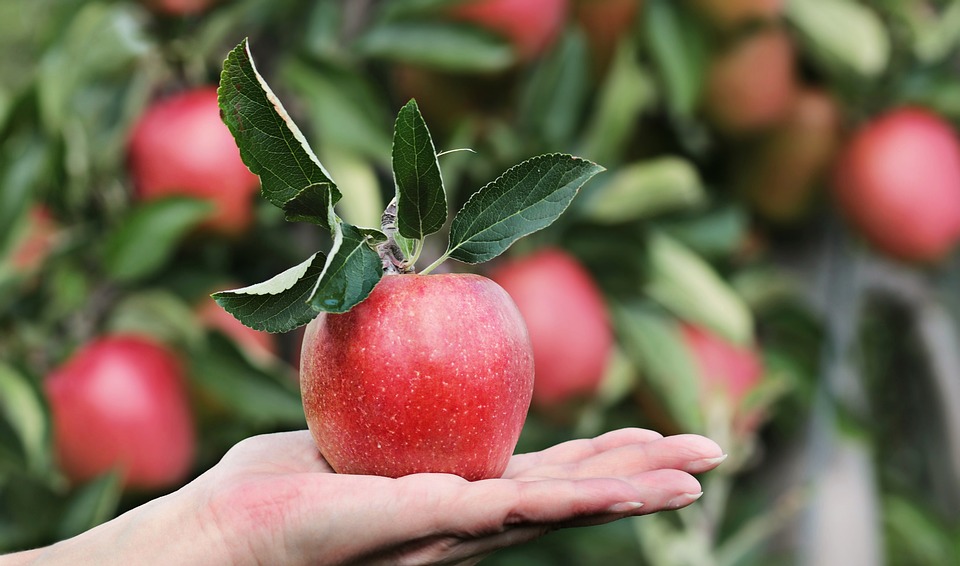Hydration for Pet Care
Keeping Your Four-Legged Friends Hydrated: Essential Tips for Pet Owners
Keeping Your Four-Legged Friends Hydrated: Essential Tips for Pet Owners
As a responsible pet owner, one of your primary concerns should be ensuring that your furry companions stay properly hydrated. Just like humans, pets need access to clean and fresh water to maintain their overall health and wellbeing. In this article, we will provide you with some essential tips on keeping your four-legged friends hydrated.
1. Provide Access to Fresh Water
Make sure your pets have access to clean and fresh water at all times. Keep their water bowls filled with clean water and change it frequently, especially during hot weather or if your pet tends to soil it. Also, consider using a pet fountain or an automatic watering system to ensure a constant supply of fresh water.
2. Choose the Right Water Bowl
The type of water bowl you use can impact your pet’s drinking habits. Stainless steel or ceramic bowls are recommended as they are less likely to retain bacteria compared to plastic bowls. Additionally, opt for wider bowls that don’t constrict your pet’s snout, especially if they have a flat face or a short nose.
3. Keep Multiple Water Stations
If you have multiple pets or a large home, it’s important to have water stations in different areas. This ensures that all your pets have easy access to water no matter where they are in the house. This can also prevent territorial issues that may arise if pets have to share a single water bowl.
4. Consider Water-Rich Foods
Some pets can be picky when it comes to drinking water. Adding water-rich foods to their diet can help increase their overall water intake. Canned food, for example, has a higher moisture content compared to dry kibble. You can also incorporate broth or water into their meals to make it more appealing.
5. Keep Water Bowls Clean
Bacteria and algae can accumulate in water bowls, especially if they are not cleaned regularly. Make it a habit to clean your pet’s water bowls daily using mild soap and hot water, and rinse them thoroughly. This helps to prevent the growth of harmful microorganisms that could make your pets unwell.
6. Provide Water during Outdoor Activities
When spending time outdoors with your pets, always bring along water for them to drink. Physical activities such as walks, runs, or playing fetch can quickly dehydrate your pets. Carry a portable water bottle and a collapsible bowl to make it convenient for them to drink on-the-go.
7. Consider Adding Ice Cubes
During hot summer months, you can add a few ice cubes to your pet’s water bowl to help them cool down. Dogs especially enjoy licking or playing with ice cubes, which can encourage them to drink more water. However, avoid using ice cubes for pets with dental issues, as it can cause discomfort.
8. Watch for Dehydration Signs
Knowing the signs of dehydration in pets is crucial for early detection and treatment. Some common signs include dry gums, excessive panting, lethargy, loss of appetite, and sunken eyes. If you notice any of these symptoms, consult your veterinarian immediately for appropriate care.
FAQs
Q: How much water should my pet drink every day?
A: The amount of water your pet needs to drink varies depending on various factors such as their size, activity level, and the weather. Generally, dogs should consume about 1 ounce of water per pound of body weight, while cats need around 3.5 to 4.5 ounces of water per 5 pounds of body weight. However, it’s best to consult your veterinarian to determine the specific water intake for your pet.
Q: What are the signs of dehydration in pets?
A: Some common signs of dehydration in pets include dry gums, excessive panting, lethargy, loss of appetite, and sunken eyes. It’s important to monitor your pet’s water intake and behavior to catch any signs of dehydration early on.
Q: Can I give my pet flavored water or sports drinks?
A: It is generally not recommended to give your pets flavored water or sports drinks. These drinks often contain additives, sugar, or artificial sweeteners that can be harmful to your pets. Stick to plain, clean water to keep them properly hydrated.
Q: How can I encourage my pet to drink more water?
A: There are several techniques to encourage your pet to drink more water. For instance, you can try using a pet fountain, adding water-rich foods to their diet, or making sure the water is always fresh and clean. If you have concerns about your pet’s water intake, consult your veterinarian for further advice.
Q: Are there any medical conditions that can affect my pet’s water intake?
A: Yes, certain medical conditions such as kidney disease, diabetes, and urinary tract infections can affect your pet’s water intake. If you notice any changes in their drinking habits or suspect an underlying health issue, it’s important to consult your veterinarian for a proper diagnosis and treatment.
Q: Can I use a hamster-style water bottle for my dog or cat?
A: Hamster-style water bottles are not suitable for dogs or cats. These small-ballpoint bottles can be ineffective, challenging to clean, and may not provide water in a sufficient flow for larger pets. It’s best to use a water bowl or an automatic watering system for your dogs and cats.

